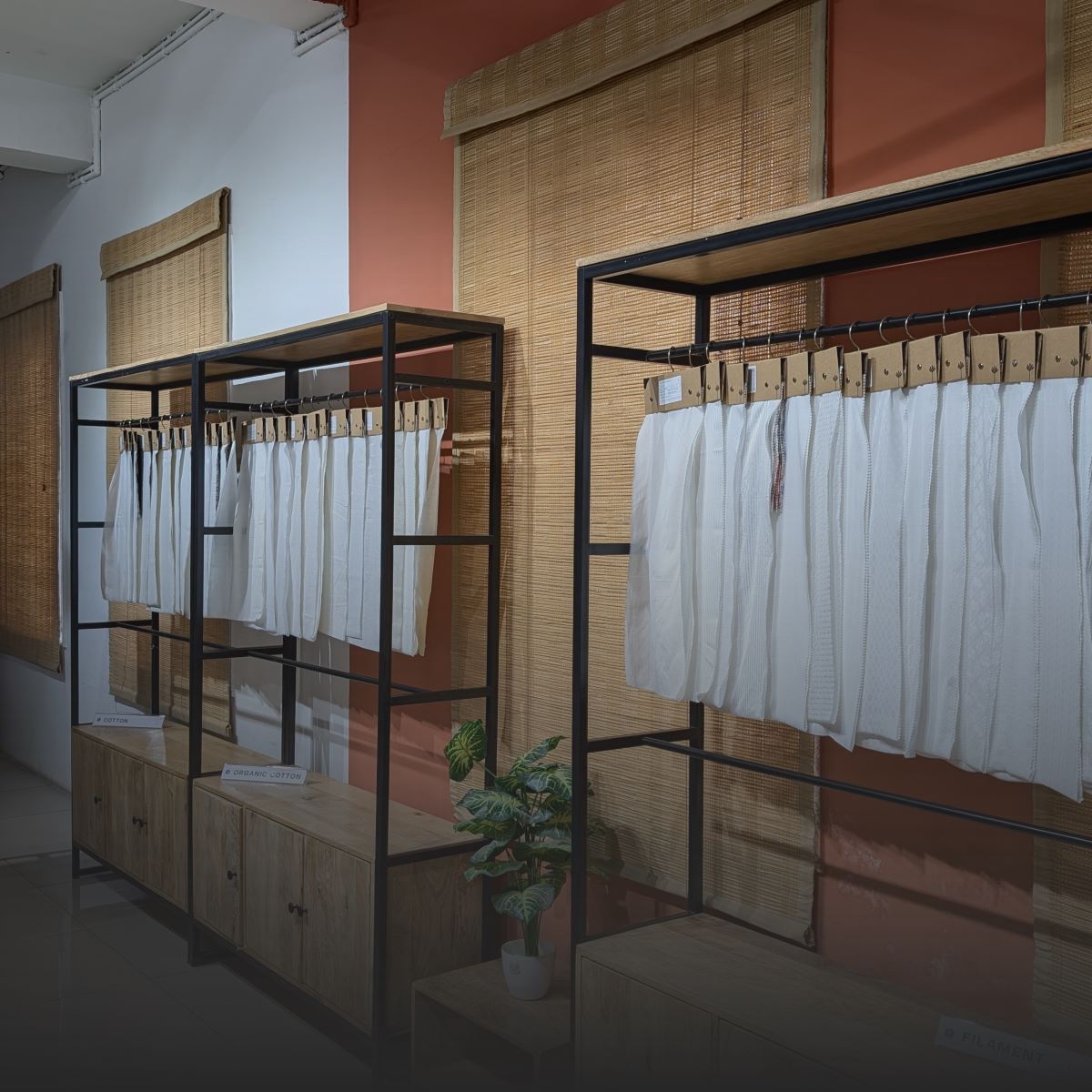Fashion is a powerful form of self-expression, allowing us to showcase our identity, creativity and lifestyle. However, as the fashion industry evolves, we become increasingly aware of its darker side. From the cheap garments filling our closets to the sustainability promises many brands make, fashion costs go far beyond the price tag.
At the center of this debate lies fast fashion and sustainable fashion. These two contrasting approaches to clothing production, consumption and disposal represent the very different ways the industry impacts our planet, society and future. So, what is the difference between the two and why should it matter to you as a consumer?
What Is Fast Fashion?

In the simplest terms, fast fashion refers to cheaply produced garments that are quickly mass-produced to meet the latest fashion trends. Fast fashion aims to get these styles from the catwalk to the shelves in record time, typically within a few weeks. Brands like Zara, Shein, H&M and Forever 21 thrive on this model, constantly refreshing their inventory and encouraging customers to buy more.
This mass production system drives overconsumption. People buy new clothes, wear them a few times and then toss them out quickly. The problem? These clothes are often made from cheap materials, like synthetic fibers. These can take hundreds of years to break down. They're produced in conditions that harm the environment and exploit workers.
Environmental Impact of Fast Fashion

The environmental toll of fast fashion is staggering and it's only growing. Here are a few jaw-dropping facts:
- Carbon emissions: The fashion industry is responsible for up to 10% of global carbon emissions, more than the emissions from international flights and shipping combined.
- Water Waste: Making just one pair of jeans takes about 2,000 gallons of water to sustain one person for three years.
- Waste: Fast fashion contributes to the staggering amount of textile waste, with 87% of all clothing produced ending up in landfills.
-
Microplastics: Synthetic fibers like polyester release tiny plastic particles into the oceans every time they are washed, causing serious environmental damage.
The rapid turnover of products and the cheap materials used in fast fashion make it an incredibly harmful practice for the environment and industry workers.
What Is Sustainable Fashion?

Sustainable fashion is all about making clothes in a way that is good for both people and the planet. It aims to reduce the harmful effects of fashion on the environment and society. Sustainable fashion focuses on making durable clothes with eco-friendly materials and fair working conditions. It encourages buying less, choosing wisely and investing in items that last longer and are better for the planet.
Key Aspects of Sustainable Fashion:
|
Key Aspect |
What It Means |
|
Ethical Production |
Making sure workers are paid fairly and work in safe conditions. |
|
Eco-friendly Materials |
Using materials like organic cotton, hemp, linen and recycled fabrics that are better for the environment. |
|
Circular Fashion |
Reusing and recycling clothes to reduce waste and support a circular economy. |
|
Slow Fashion |
Focusing on making clothes that last longer reduces the need for new clothing. |
Why Sustainable Fashion Matters:
|
Why It Matters |
What It Means |
|
Reducing Carbon Emissions |
The fashion industry pollutes a lot. Sustainable fashion helps by using clean energy and eco-friendly materials. |
|
Preserving Water Resources |
Fast fashion uses too much water. Sustainable fashion saves water by using organic cotton and special dyeing methods. |
|
Waste Reduction |
Fast fashion creates a lot of waste. Sustainable fashion helps by making clothes that last longer and can be reused or recycled. |
|
Supporting Fair Labor Practices |
Fast fashion workers are often treated badly. Sustainable fashion makes sure workers are paid fairly and work in safe conditions. |
The Challenges of Sustainable Fashion:
|
Challenge |
What It Means |
|
Higher Costs |
Sustainable fashion is usually more expensive because it uses better materials and fair labor. |
|
Limited Availability |
Not everyone can find sustainable clothes, especially where fast fashion is more common. |
|
Greenwashing |
Some fast fashion brands pretend to be sustainable without actually changing their ways. |
However, these challenges are not insurmountable. As demand for sustainable fashion grows, more brands invest in eco-friendly technologies and adopt sustainable business models.
What Can You Do to Support Sustainable Fashion?
You don't have to be a fashion expert to make a difference. Here are a few simple steps you can take to support sustainable fashion:
|
What You Can Do |
How It Helps |
|
Buy Less, Choose Wisely |
Buy fewer clothes that are good quality and will last longer. |
|
Choose Sustainable Brands |
Buy from brands that are honest about how they make their clothes and use eco-friendly materials. |
|
Embrace Secondhand |
Buy secondhand clothes or swap clothes with others to reduce waste. |
|
Care for Your Clothes |
Take care of your clothes by fixing them and following care instructions so they last longer. |
|
Recycle and Upcycle |
Donate or recycle old clothes or turn them into something new instead of throwing them away. |
Summary Table for Differences in Fast Fashion and Sustainable Fashion:
|
Aspect |
Fast Fashion |
Sustainable Fashion |
|
Production |
Mass production with quick turnaround |
Ethical production with consideration for the environment |
|
Environmental Impact |
High carbon emissions, waste and pollution |
Focuses on reducing waste, carbon footprint and pollution |
|
Material |
Cheap, synthetic, non-durable fabrics |
Eco-friendly, natural and long-lasting materials |
|
Labor Practices |
Often involves low wages and poor conditions |
Fair wages, safe working conditions and ethical practices |
|
Product Lifespan |
Short-lived, often discarded quickly |
Designed to last longer, encouraging fewer purchases |
|
Consumer Behavior |
Promotes buying frequently and cheaply |
Encourages buying less but investing in quality items |
|
Focus |
Trends, affordability and quantity |
Durability, ethics and environmental responsibility |
Conclusion
Fast and sustainable fashion differ in price, style and value. Fast fashion may offer cheap clothes, but the actual cost is borne by the environment and the workers who produce them. Sustainable fashion, on the other hand, focuses on quality, ethics and long-term sustainability.
As consumers, we can drive change in the fashion industry. By choosing sustainable fashion and supporting brands prioritizing the planet and people, we can help create a future where fashion isn't just about looking good; it's about doing good.
We also happen to be a magnet for suggestions, and would love to catch yours….throw us yours on hello@fabriclore.com




